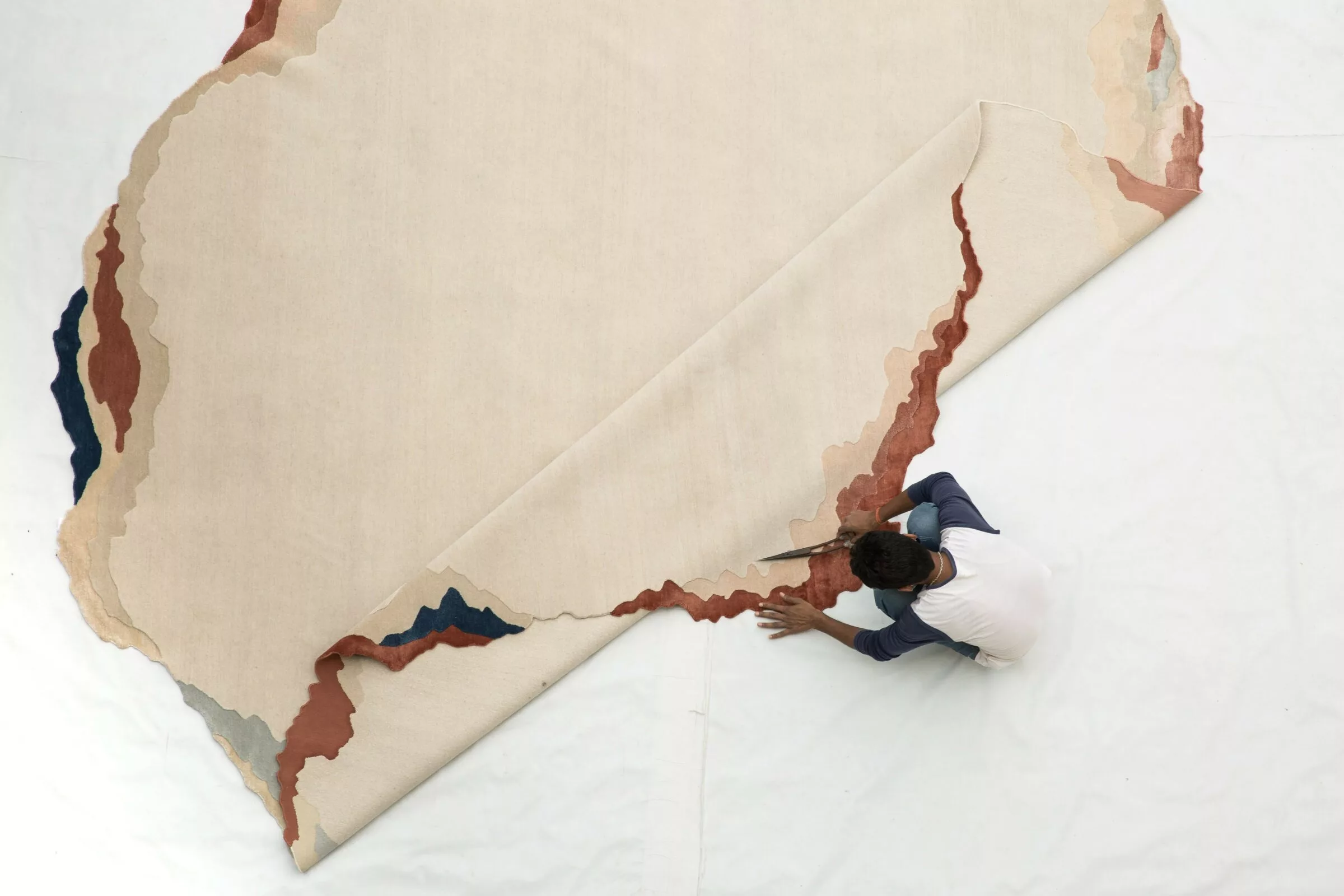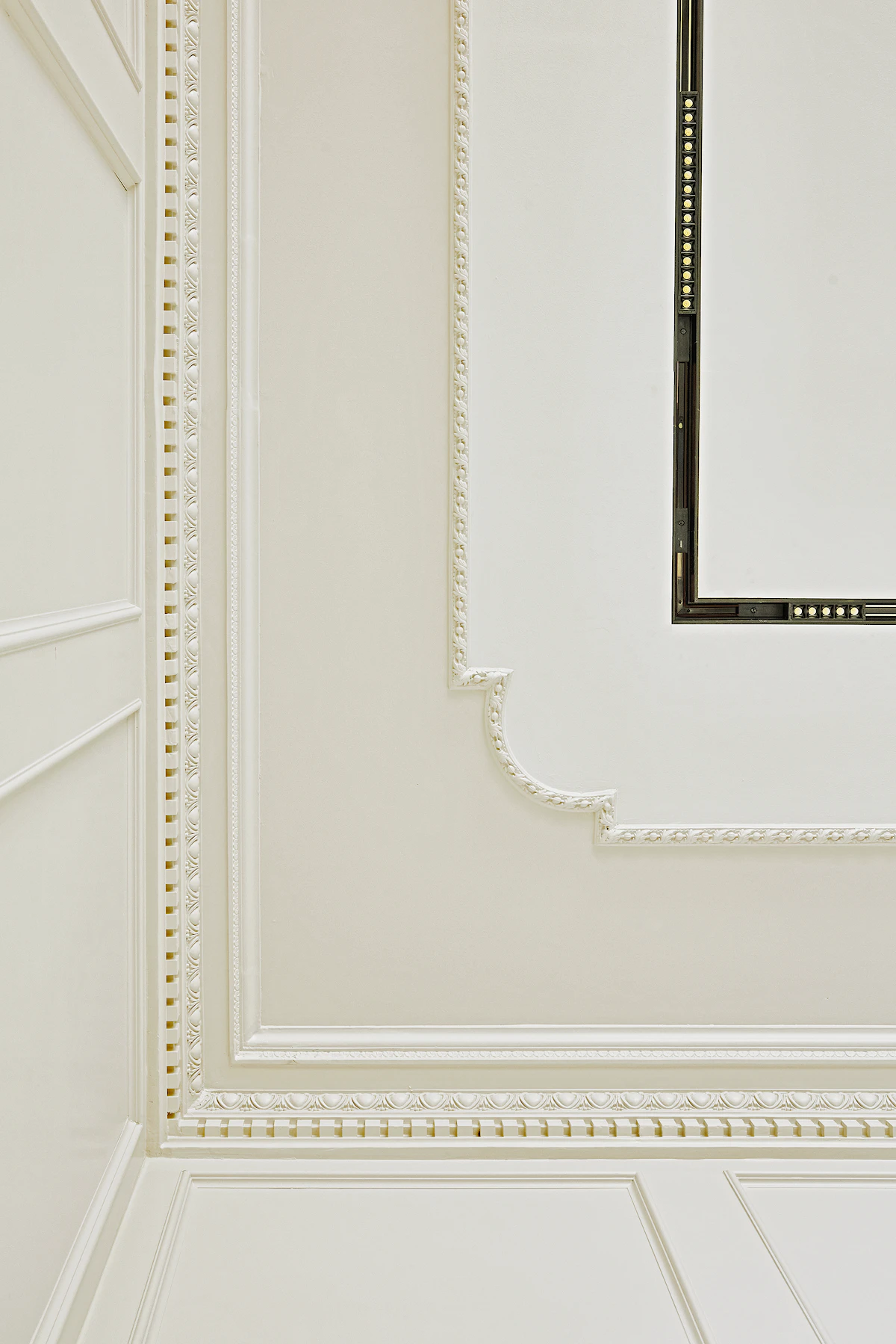

INFORMED, THOUGHTFUL AND CREATIVE DESIGN

WHY
BEAUTY
MATTERS
How do you define beauty? We all have a different answer, but there is an 'agreement', throughout centuries and cultures, of what we collectively define as beautiful. At every level of the human experience, we are searching for beauty. Scans show that a part of our brain reacts more strongly when we are exposed to beauty through images, music or tactic surfaces. That same part of our brain is also connected to our emotions and even our ability to make decisions. Our response to beauty is part of what makes us human.
Beauty has the ability to slow down time, to calm us, to cut through the noise of a chaotic world and allow us to be fully present in the moment. It contributes to our happiness, our well-being and even our health. It is not a coincidence that we feel more relaxed and content when we are in an environment that we perceive as aesthetically pleasing.
EM Design Studio applies the time-honored principles of design -unity, harmony, balance, emphasis, rhythm, proportion and scale -to all of our work. These cornerstones of beauty are sacred and are fundamental to our quest to seek perfection; the standard that we judge our work and our dedication to our craft.
WHAT DEFINES LUXURY?
Does the meaning of luxury need to be redefined for the twentieth-first century? While we all have a different answer to how we interpret luxury, most of us will agree that we want it to be part of our everyday lives. The word luxury originally meant lust and derives from the Latin word luxuria meaning excess and extravagance. Today, we are not looking for either. Exclusivity, sustainability and ethical credentials inform our views on how we define luxury. Luxury is no longer connected to a brand, a label or price point. The old concept of luxury being only attainable by the ultra-wealthy has evolved and been replaced by something much more personal and fulfilling. We are seeking items that contribute to our happiness and well-being.
In our world of interiors, luxury is expressed by beauty, simplicity, craftsmanship, quality of materials, and exclusivity. The idea of exclusivity is foundational to our work. It has nothing to do with a status symbol or elitism. It is centred on designs and products that are original and unique to every client and every project. A home articulates its core values and differentiates itself from others. It should be authentic, original and have a clearly defined point of view. A home speaks volumes about what we love and what we value.
Good design coupled with high quality materials define the EM Design Studio signature. We purposefully deviate from mass-produced, mass-marketed disposable goods. Designers have a responsibility to present pieces that are designed and handmade by artisans, in both small independent studios and larger companies, locally, nationally and around the world. These companies are known for their processes and skill sets that are integral to producing beautifully made pieces that will stand the test of time. Artisans, designers and craftsmen translate their ideas into reality. They obsess over proportions, finishes, details and fabrication. Their work is precious to them, as our work is to us. It is a process of trial and error, modifications and revisions. Luxury items in our homes inspire a feeling, whether it is a beautiful handcrafted light fixture, an expertly upholstered custom sofa, a hand knotted rug or a beautiful original piece of art. Luxury is investing in pieces that you love. Luxury is respecting the maker, the materiality, the process. Luxury honours and values the pieces that illicit an emotional connection that adds to our daily lives. That's the new definition of luxury.

"Luxury is not a necessity, but beautiful and good things are."
Anaïs Nin

PERFECT
IMPERFRECTION
Imperfections are not only beautiful, they represent the artistry made by human hands. They reveal a process and a connection to the maker. In a world obsessed with perfection and an expectation of uniformity, imperfections tell a more interesting story.
I've been very fortunate during the course of my career as a designer to see first-hand the multiple steps that turn raw materials into an object of beauty. It's easy to take for granted the complex and difficult processes involved in making handmade pieces. I have witnessed artisans forging red-hot metal, blowing molten glass, hand dying skews of wool, horse hair woven strand-by-strand on ancient looms, and massive terra cotta vessels turned on a wheel. It has given me an immense appreciation for the work, patience and skill that has taken years to perfect. It's made me appreciate the time, physical energy and often dangerous procedures involved in creating pieces to add beauty to our homes. Handmade products are genuinely special and unique. No two products will ever be exactly the same - uniqueness is part of their inherent identity and beauty.
Every piece is a result of a time-consuming development of an original idea - failure after failure; reworking proportions; experimenting with materials; going back to the drawing board countless times to make minor adjustments; an obsession with details and quality. A commitment to make something by hand is important in this age of mass production and fixation on perfection. And yes, it has made me accept and honour imperfections. I see their beauty and embrace the signature of its maker.
I'm advocating that the question of perfection needs to adopt a broader philosophy of acceptance - allowing us to see the beauty of a rough surface, the not-so-perfect symmetry of a vase, the uneven weave of a silk wall covering. Time honoured crafts are the result of multiple complex processes, countless hours of labour, training and knowledge passed down through generations. These pieces have a story, an energy, a soul. Next time you look at an item that has been handmade, embrace its perfect imperfections and honour the story it tells.
COLOUR
is everything
COLOUR
Colour is everything - it's powerful, visceral, mysterious and deeply personal. It carries with it a highly charged emotional impact, influencing our mood and how we experience our surroundings.
Hues and shades play against one another, only revealing their underlying tonal mutations when they are seen side-by-side. The art of colour composition requires a careful hand, an extensive knowledge of theory, and an instinctual eye that embraces its magical alchemy.
We use colour as a tool to add balance and weight; lift and contrast; a push and pull to create the illusion of depth and height. Colour defines silhouettes, camouflages defects, emphasizes negative and positive shapes, and adds volume, unity and harmony.
EM Design Studio's colour signatures have a distinctive point-of-view, with an emphasis on under-stated complexities. Palettes should never feel forced or contrived. Instead, we favour an unexpected layering of hues that work together to form a cohesive story. Our colour stories include ones that change ever so slightly from morning to evening; nuanced hues with a muted luminosity; veiled and chalky, ethereal and sublime, atmospheric and fluid. Our approach to colour is to embrace its complexity to create a visual poetry that is an integral part of every EM Design Studio interior. Yes, colour is everything.


WE OBSESS OVER
DETAILS
"The hidden harmony is better than the obvious."
- Pablo Picasso
Details create a multi-sensory connection to our environment and define its original narrative. They infuse an atmosphere with an essence that feels personal, engaged and luxurious. While details might appear to be effortless and often deceivingly simple, they are the result of practicing our craft daily, over many years, to develop the competency and ability to see, design and create with intention and confidence.
